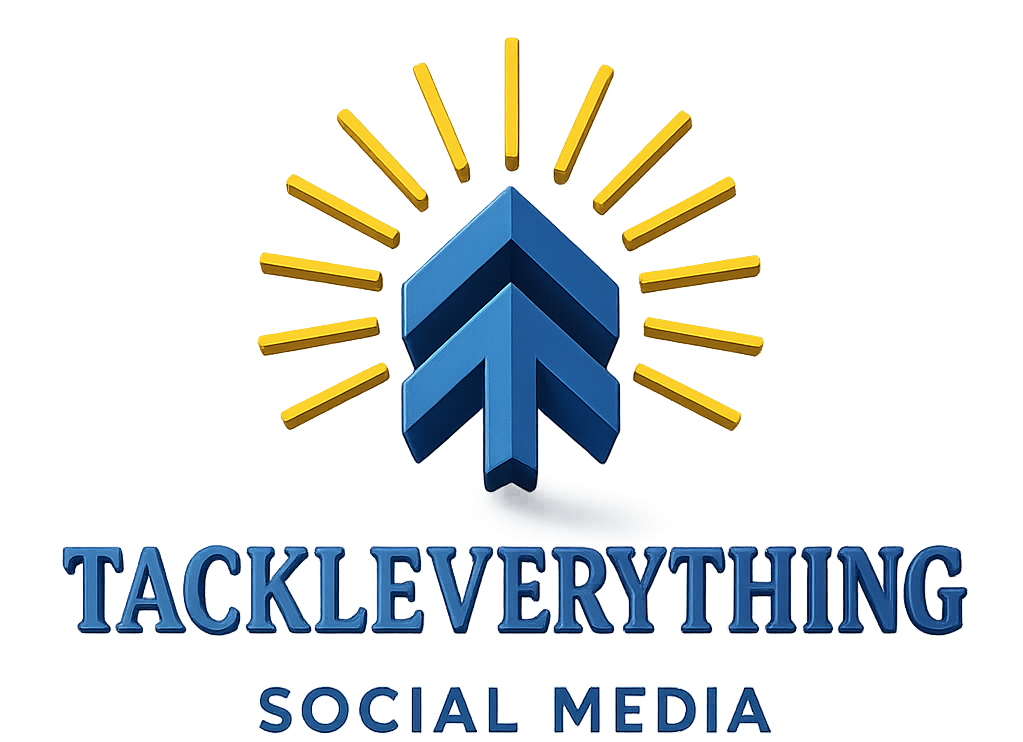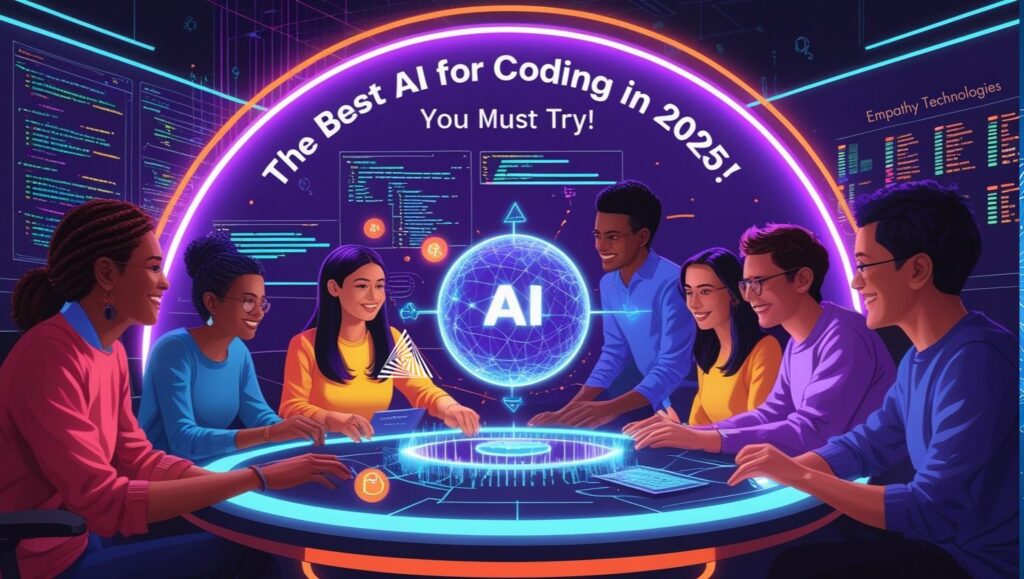Why Teach AI and Coding to Kids in 2025?
1. Future-Proof Skills
AI and programming are shaping every industry—from healthcare to gaming to agriculture. Introducing these skills early ensures kids can compete and innovate in a tech-first economy.
2. Enhances Logical Thinking and Problem Solving
Coding teaches children how to break down complex problems into simple steps. It sharpens their analytical skills and boosts creativity.
3. Encourages Creativity and Innovation
From designing games to developing smart apps, coding and AI provide children with tools to bring their ideas to life.
Criteria for Selecting AI and Coding Platforms
When reviewing the top platforms, we considered:
-
Age-appropriateness
-
Curriculum quality
-
Engagement level
-
Accessibility
-
Hands-on learning
-
Parental/educator involvement
-
Certification or learning outcomes
Top AI and Coding Platforms for Kids in 2025
1. Scratch (MIT) – Coding for Beginners
Age Group: 7+
Best For: Learning the basics of coding through drag-and-drop visual blocks.
Overview:
Scratch, developed by MIT, continues to be the gold standard for teaching young children the basics of coding. It uses a visual programming language that allows kids to create stories, games, and animations.
New 2025 Features:
-
AI sprite behaviors (basic machine learning concepts)
-
Scratch Studio – collaborative game building
-
AR coding module integration
Why It’s Great:
-
Easy to learn
-
Encourages creativity
-
Massive online community
2. Tynker – Gamified Coding and AI
Age Group: 6–18
Best For: Structured learning with gamification and AI courses.
Overview:
Tynker offers interactive lessons in Python, JavaScript, and AI-based projects like self-driving cars and chatbots.
New in 2025:
-
AI simulation playground
-
Advanced logic modules
-
Voice-based coding assistant for younger kids
Highlights:
-
Personalized learning paths
-
Integrates with Minecraft and Roblox
-
Certifications on completion
3. Code.org – K-12 Computer Science Platform
Age Group: 5–18
Best For: Schools and teachers introducing computer science.
Overview:
Supported by major tech giants, Code.org offers free courses in computer science fundamentals. Its AI-focused modules launched in 2023 are now a standard part of most K–12 curricula.
2025 Upgrades:
-
AI Assistant for Teachers
-
Data privacy sandbox projects
-
Inclusion of ethical AI topics
Benefits:
-
Ideal for classrooms
-
Aligned with school standards
-
Great educator resources
4. AI For Kids (AI4K)
Age Group: 8–16
Best For: Dedicated AI learning experience for kids.
Overview:
AI4K is a curriculum-based platform solely focused on making AI understandable for children. It covers machine learning, neural networks, natural language processing (NLP), and computer vision using child-friendly language and visuals.
Why AI4K Shines in 2025:
-
No prior coding required
-
Visual-based AI model builder
-
Ethics in AI curriculum
Learning Outcome: Kids complete the course with a working understanding of AI systems and their real-world applications.
5. RoboGarden – AI + Robotics Learning
Age Group: 7–18
Best For: Combining robotics with AI and coding.
Overview:
RoboGarden combines coding, AI, and robotics in a game-based environment. It lets kids simulate and test robots that can recognize objects, respond to commands, and learn tasks.
Key 2025 Features:
-
Integrated AI hardware kits
-
Real-time object detection challenges
-
Python for kids module
Strengths:
-
STEM-focused
-
Supports classroom and home learning
-
Encourages experimentation
6. Kodable – Early Learners Coding Platform
Age Group: 4–10
Best For: Introducing programming concepts to very young learners.
Overview:
Kodable uses colorful animations and engaging characters to teach foundational coding principles like sequences, loops, and functions.
What’s New in 2025:
-
AI-aided adaptive difficulty
-
Parent dashboard with progress tracking
-
Multilingual coding instructions
Why Choose Kodable:
-
Fun, intuitive interface
-
Builds a strong foundation for future learning
-
Encourages parent-child coding
7. LearnAI4Kids by DeepLearning.AI
Age Group: 10–16
Best For: Advanced learners who want a deeper dive into AI.
Overview:
Developed by the creators of Coursera’s AI programs, LearnAI4Kids provides project-based AI lessons designed for middle schoolers and teens.
Standout Features in 2025:
-
Real-world AI projects (e.g., image recognition, sentiment analysis)
-
Drag-and-drop machine learning interface
-
AI career exploration tools
Perfect For: Kids already comfortable with basic programming and looking to advance.
8. WhiteHat Jr – 1-on-1 Coding & AI Classes
Age Group: 6–18
Best For: Personalized instructor-led learning.
Overview:
WhiteHat Jr offers live 1-on-1 coding sessions with certified teachers. Their AI and app development modules in 2025 include voice assistants, AI-based games, and intelligent storytelling.
Advantages:
-
Structured syllabus
-
Flexible timings
-
Excellent for focused learning
New in 2025:
-
AI-powered progress tracking
-
Creative coding projects with generative AI
9. Minecraft Education Edition + AI Modules
Age Group: 8–18
Best For: Learning through interactive game-building.
Overview:
Minecraft’s Education Edition has added new AI coding tools that allow kids to code NPCs (non-player characters) to perform tasks, simulate intelligent behaviors, and solve real-world problems.
Unique 2025 Additions:
-
Chatbot creation within Minecraft
-
AI-powered creatures and enemies
-
Real-world problem simulations (climate change, robotics)
10. Google’s Teachable Machine for Kids
Age Group: 8+
Best For: Understanding machine learning through real-time experiments.
Overview:
Teachable Machine is a simple web-based tool that lets users train machine learning models using images, sounds, and poses without any coding.
Why It’s Popular in 2025:
-
Simple UI for kids
-
Instant feedback and model training
-
Works in classroom and home settings
Tips for Parents and Educators
1. Set Clear Goals
Define what you want your child or student to achieve—understanding concepts, building projects, or preparing for a career in tech.
2. Combine Online and Offline Activities
Use physical kits, puzzles, and books to reinforce what they learn digitally.
3. Encourage Exploration
Allow children to explore different platforms. Some may prefer visual coding, while others may like game-based learning.
4. Monitor Screen Time
Balance learning with offline activities. Most platforms offer progress dashboards to help track screen usage.
The Future of Kids Learning AI and Coding
By 2030, it’s estimated that over 80% of jobs will require some form of digital literacy. Giving kids early access to AI and coding isn’t just about education—it’s about equipping them to shape the future.
In 2025, the tools and platforms are more accessible, engaging, and powerful than ever before. Whether your child wants to build a robot, design a game, or understand how Alexa works, the platforms listed in this article provide the perfect launching pad.
Stay tuned for Part 2, where we will compare the certifications, pricing, and real-world success stories of kids using these platforms to build careers and startups before they turn 18!



